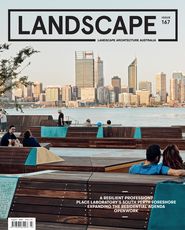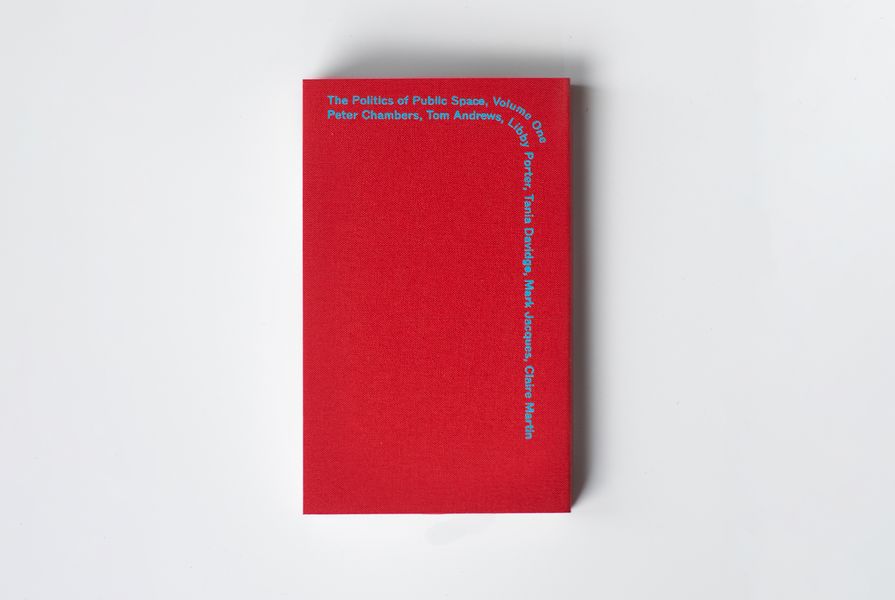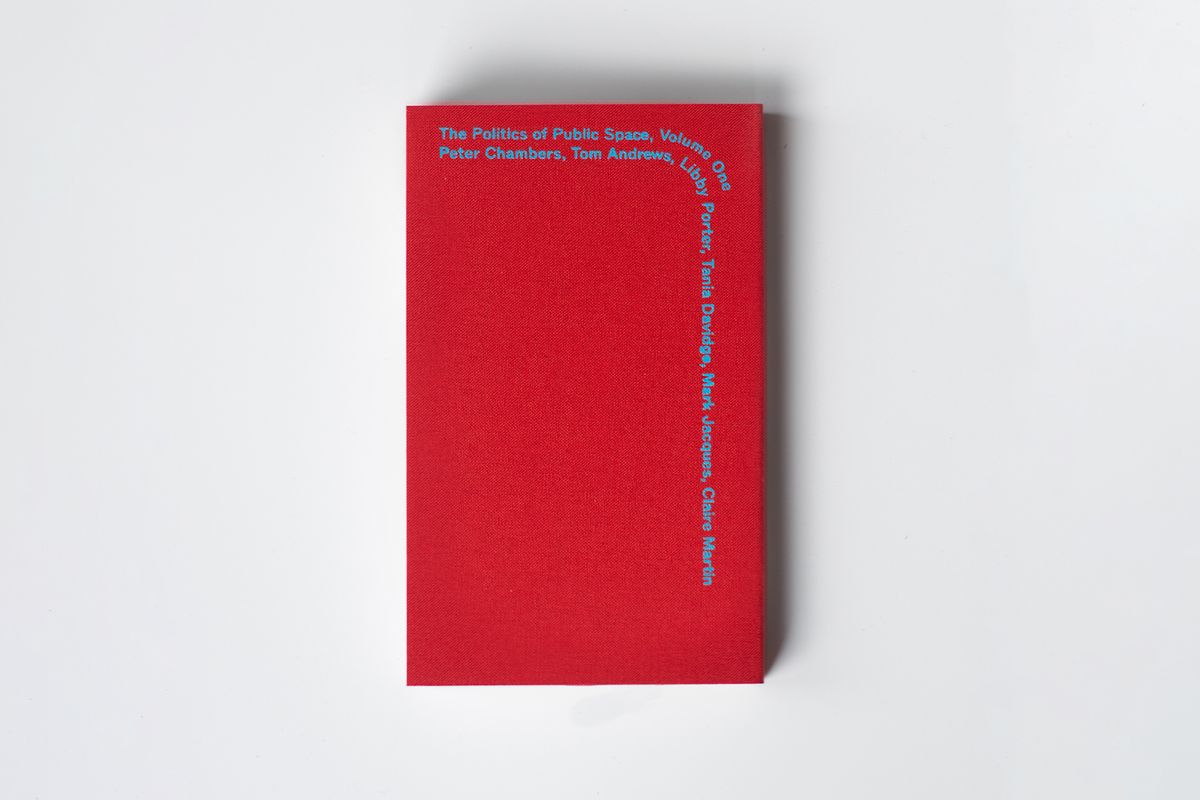The Politics of Public Space: Public Lectures in Contentious Spaces (Volume 1) gathers together a series of lectures that emerged out of a program of seminars and design studios led by Melbourne design and research practice Office (as part of its teaching within the architecture and landscape architecture disciplines at RMIT University). As a registered charity, Office operates within and between practice. This adjacency garners the practice a position to directly explore the question of professional ethics through a range of scales, practices and approaches, from furniture design through to broader landscape-scale investigations. This first volume in what is aiming to be a series of quarterly publications, self-reflexively asks, “How may we better engage and understand our own city, particularly its public spaces?”
Primarily concerned with the politics of the built environment within the City of Melbourne, the lectures presented in the book were conducted in contentious public spaces over 2018 and 2019, using the physical site as a theatrical stage for oration. Like a fleeting happening, the location of each lecture was released tactically through an Instagram tip-off. The publication attempts to fix the activism of these discourses and enable their wider dissemination, beyond the lecture event itself.
The first of the lectures, by urban designer and landscape architect Mark Jacques, engages with the redesign of Lincoln Square in inner-city Carlton. Jacques details the transformation of one of Melbourne’s most celebrated informal skateparks into its current subdued configuration, shaped by the whims of individual influence. Jacques situates the square as public space made private, through strategies of exclusion. The discourse raises ethical questions around the role of designers as both activists and complicit conspirators.
Planner and urban geographer Libby Porter’s lecture situates the William Barak building (Swanston Square), also in Carlton, against the unresolved Indigenous politics of sovereignty underpinning the city. Porter contextualizes and articulates the processes of the production of the building, both architecturally and culturally. Her reflections, as witness to the public forum held at Federation Square in response to the design, will hold resonance for anyone sitting in the theatre (as I was) that day – and will astound fresh ears with the troubling revelation of the building’s “architectural flimsiness, [that tries to] make a statement without making any statement at all. ” In doing so, Porter points to the systems and structures of architectural production so entwined in ongoing colonial processes, reflecting “how colonization remains utterly present in our contemporary lives and continues to hold up our ability to be here in this space right now in this city at this time.”
The third transcript takes the form of a conversation with architect and activist Tania Davidge (OoPLA) that explores the fight to protect the Yarra Building and Federation Square from the incursion of Apple. Office probes the contradiction inherent in the protection of Federation Square – does it really constitute a public space? Like a politician, Davidge deftly shifts the discussion away from defining the square as public, towards the definition of public space as an abstract space of negotiation between citizens, government and private interests.
The postscript enfolds the story with Apple’s subsequent withdrawal from the site. These intersections between public, digital and private space are echoed in the book’s fourth chapter, a discussion with criminologists Tom Andrews and Peter Chambers around the politics of security in the city and “bollart.” This discussion is at its most salient in its contemplation on the relationship between capitalism and risk – a balancing act we are now feeling keenly every day, as our federal and state governments weigh up the cost of social distancing amid a global pandemic. Securitization of digital space and public space are topical discussions as we contemplate whether to invite our governments to join the private sector in mining personal metadata – what political price are we willing to pay to re-enter
public space?
In contrast to the preceding lectures, Claire Martin’s discussion of privately owned public spaces speaks more generally to the typology, rather than specifically to A’Beckett Square where the lecture took place. However, this rounds out the collection nicely, speaking more to the tenuous binaries of public and private spaces in the contemporary city – a thread which, in the end, most strongly binds these lectures together as a set. Martin points to the dissonance between the ways in which we carve up city spaces, and the ecological systems which elide these categories in an increasingly complex and changing climate.
The Politics of Public Space is a very digestible collection of talks which touches on some of the most politicized interventions within the City of Melbourne. Moving beyond the boundaries of “our own city,” Office has, in 2020, adapted its lecture series to a new online teaching model, and in doing so has opened the program to an international line-up. This bodes well for future volumes, opening up the series to have a broader relevancy and expanding this discussion of urban politics beyond the inherent limitations of the Hoddle Grid.
The Politics of Public Space (Volume 1), published by Office, 2020, AUD $25.00.
Read the introduction to The Politics of Public Space (Volume 2) here.
Source

Review
Published online: 7 Aug 2020
Words:
Fiona Johnson
Issue
Landscape Architecture Australia, August 2020












